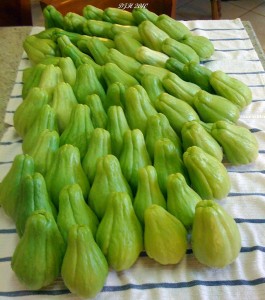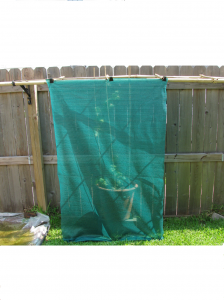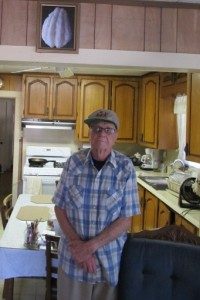Frost Alert for Next several Nights
by Lance Hill
The forecast calls for temperatures below 40 f. for the next several nights and in the high 20s on Tuesday night. If you have a vine, you can save it using an overhead rotary sprinkler as show on the “Photos” page under “Frost Protection Sprinkler Systems.” Simply turn the sprinkler on at sunset and then off in the morning. It can protect a mirliton vine down to about 29 degrees. If you don’t choose to use a sprinkler, than cut the vine back to the base and place some carpet and heavy mulch over the crown. About once a month you need to replace the carpet and mulch to prevent disease and pests until next spring.
I don’t get any reports of a good crop this year because the drought has disturbed normal flowering and now we have the early frost. But that’s what makes mirliton growing so rewarding; only the careful, attentive, and knowledgeable gardener succeeds. The tribulations are many but the rewards a great.
We have just added several hundred recipes to our “Mirliton Recipes” page, which is the largest collection of international mirliton/chayote recipes in the world. Yes, the world! Go to the page and scroll down to “Recipes added September 23, 2019” to see the new recipes.
Divinely yours,
Lance Hill

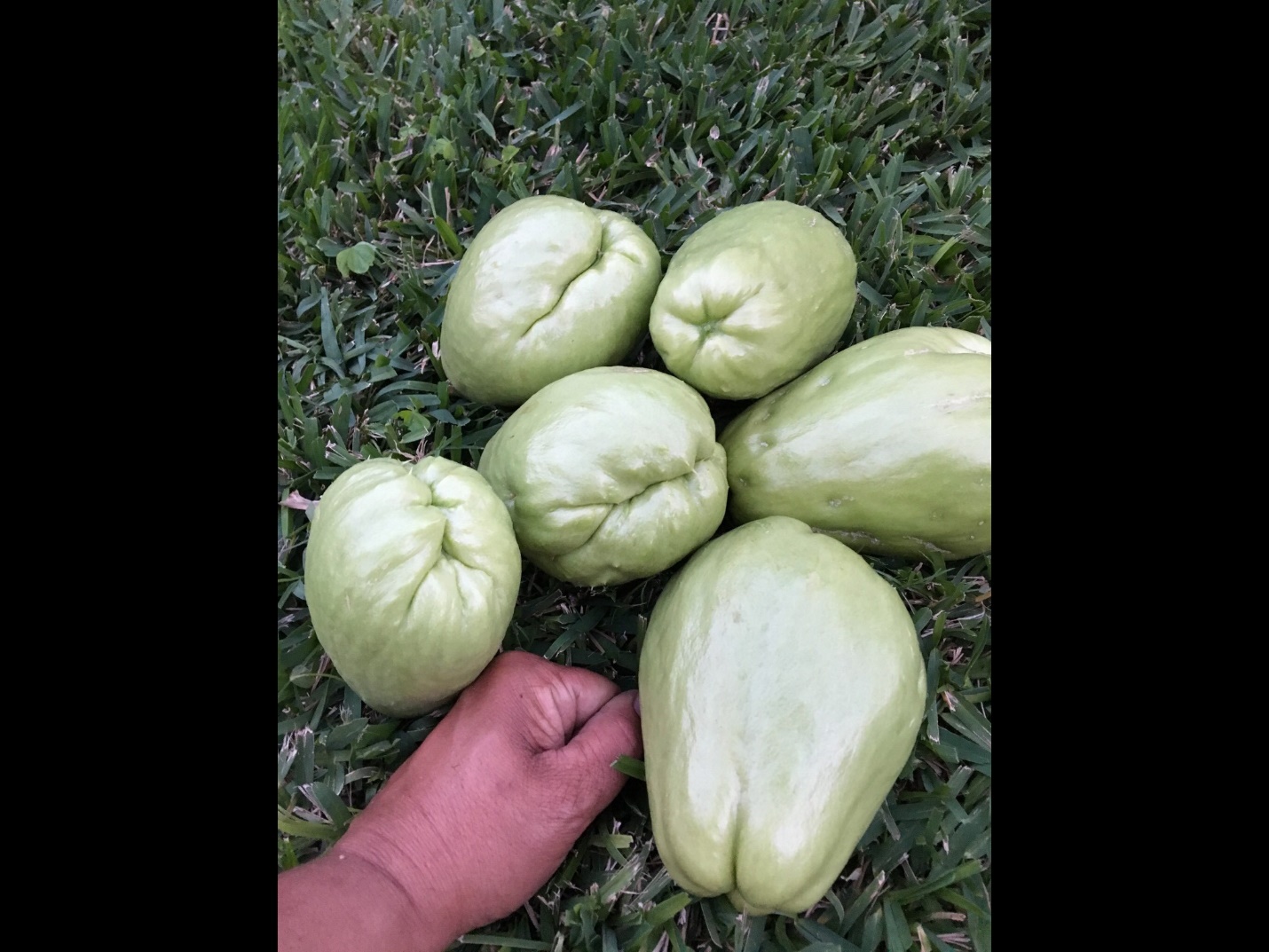 Lapeyrolerie Mirlitons
Lapeyrolerie Mirlitons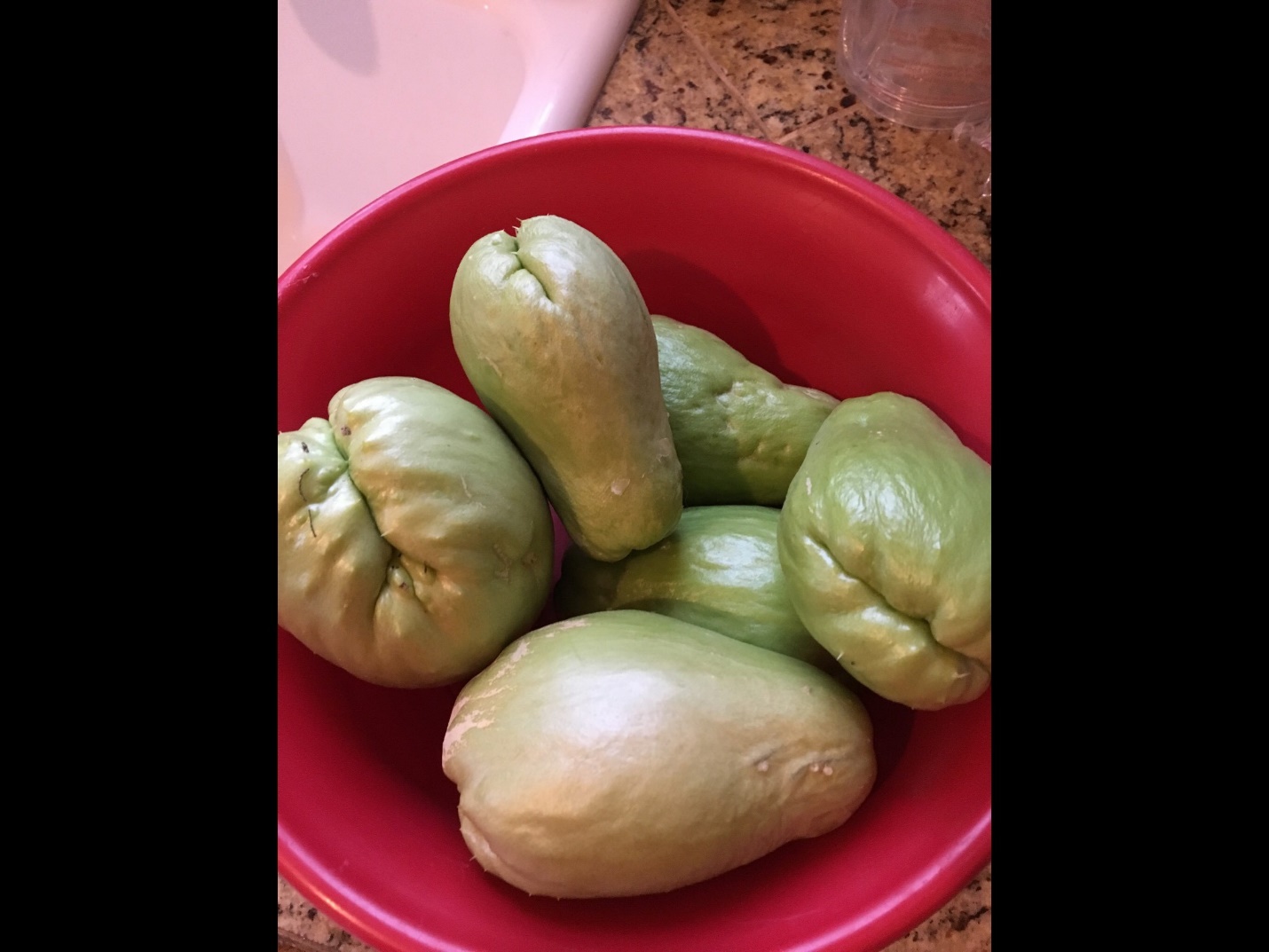
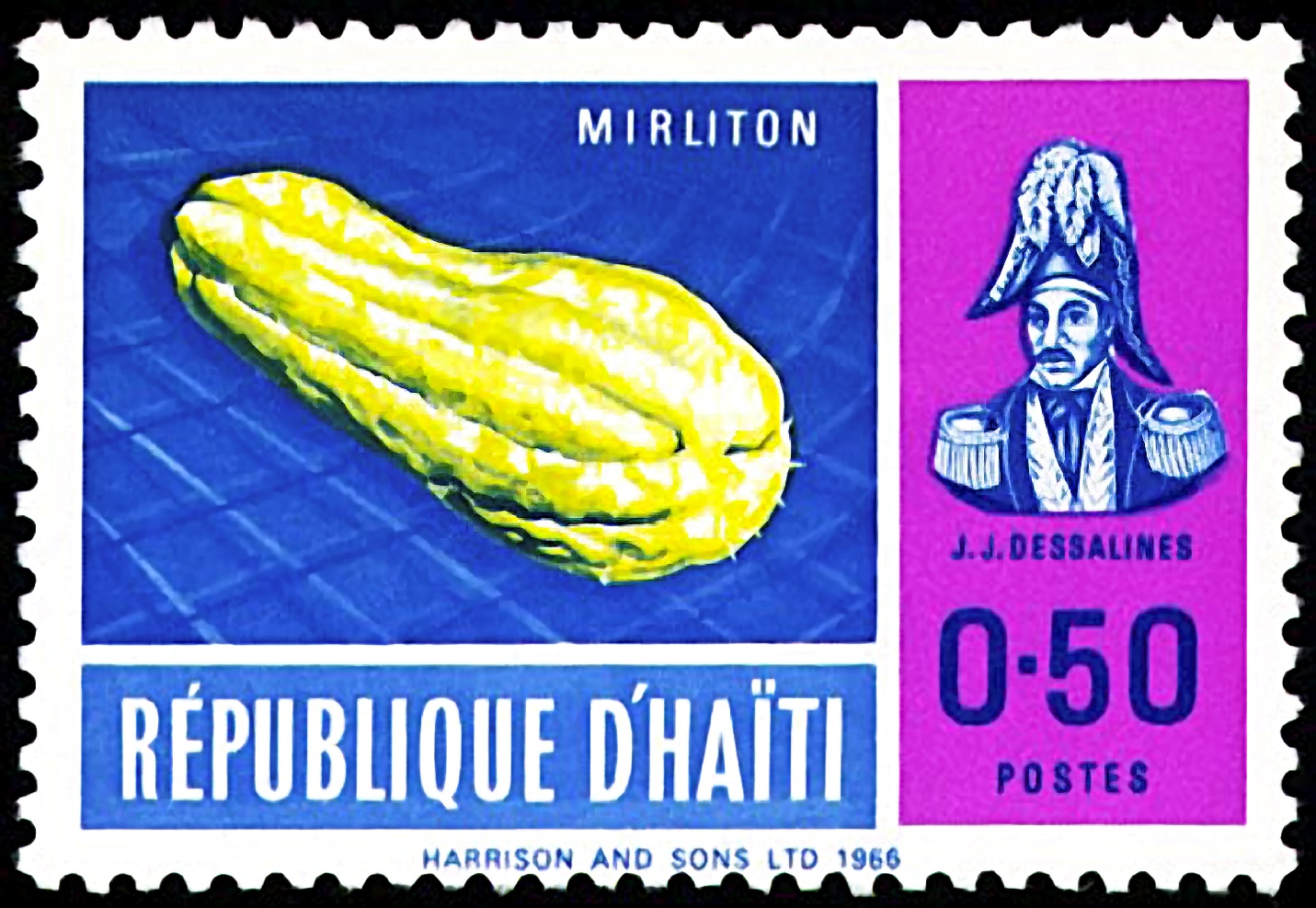

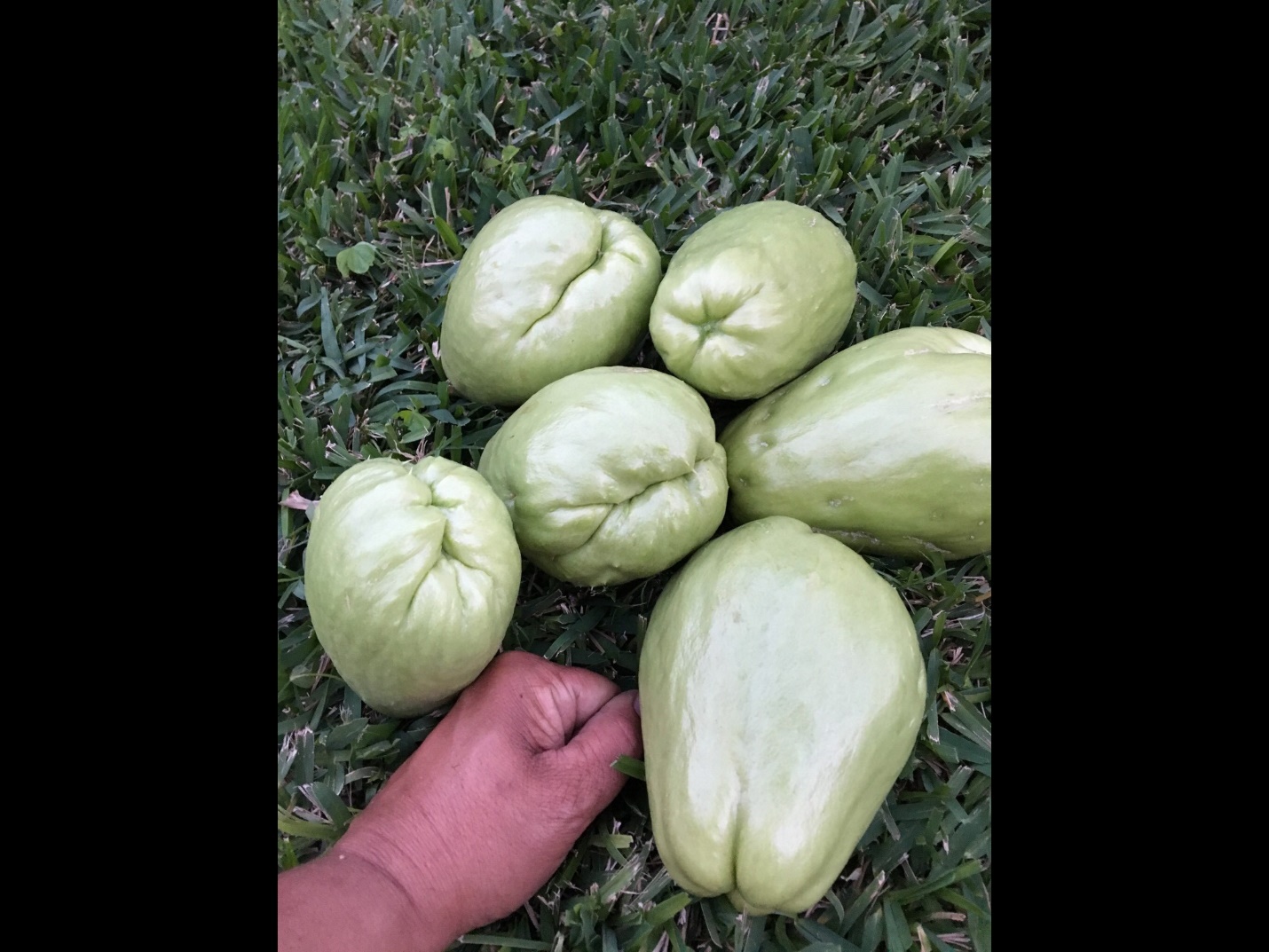 Lapeyrolerie Mirlitons
Lapeyrolerie Mirlitons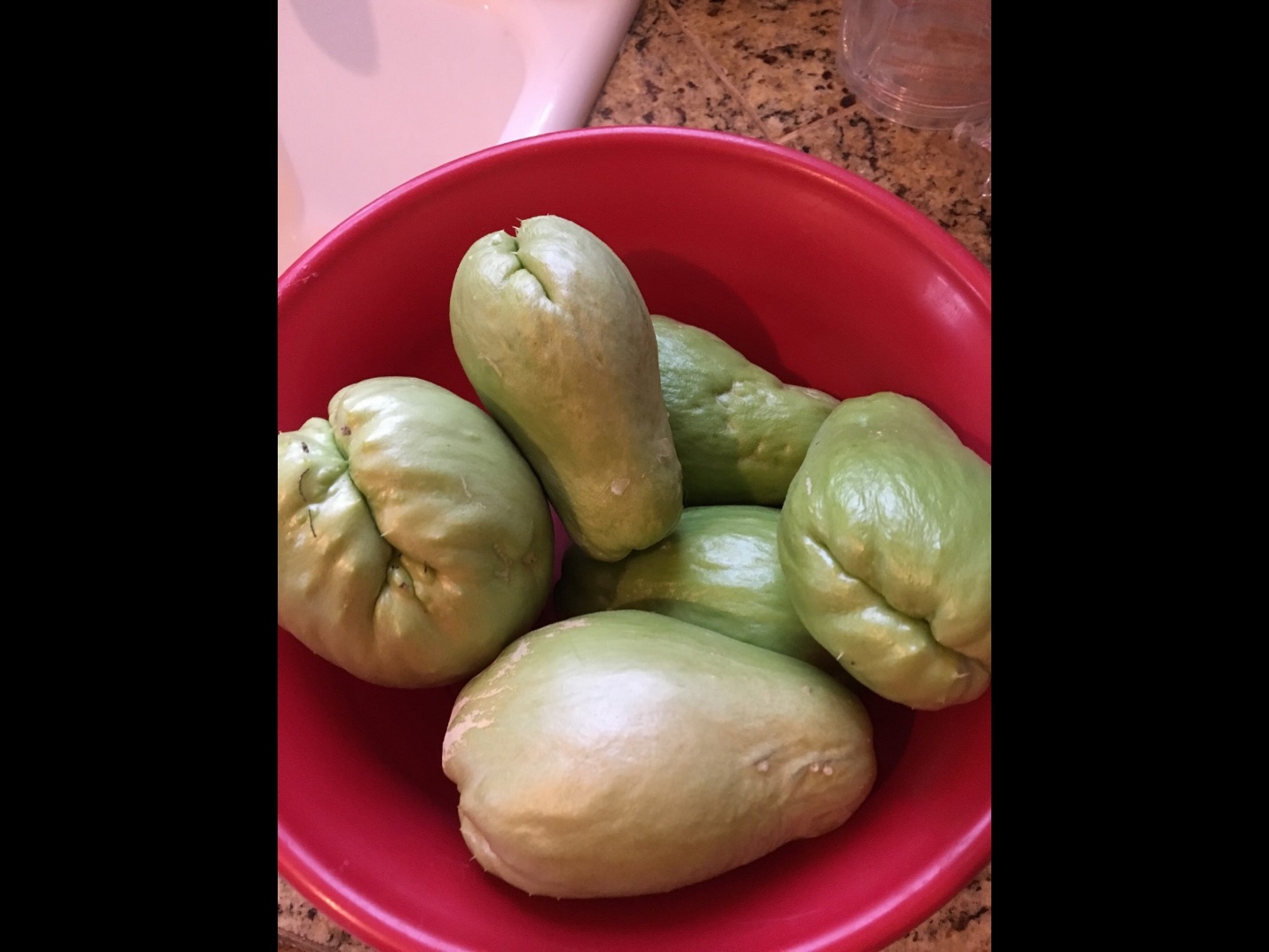
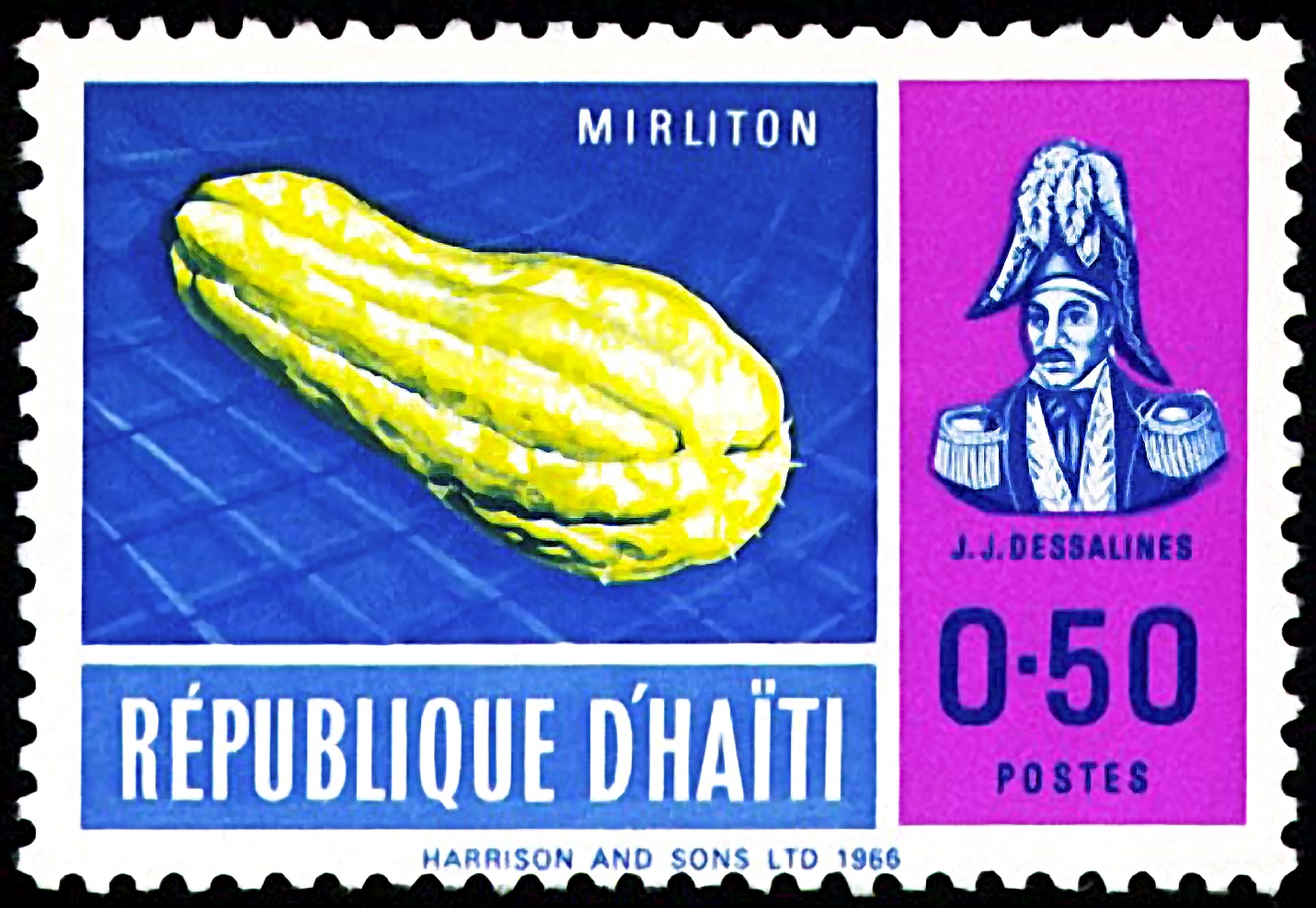
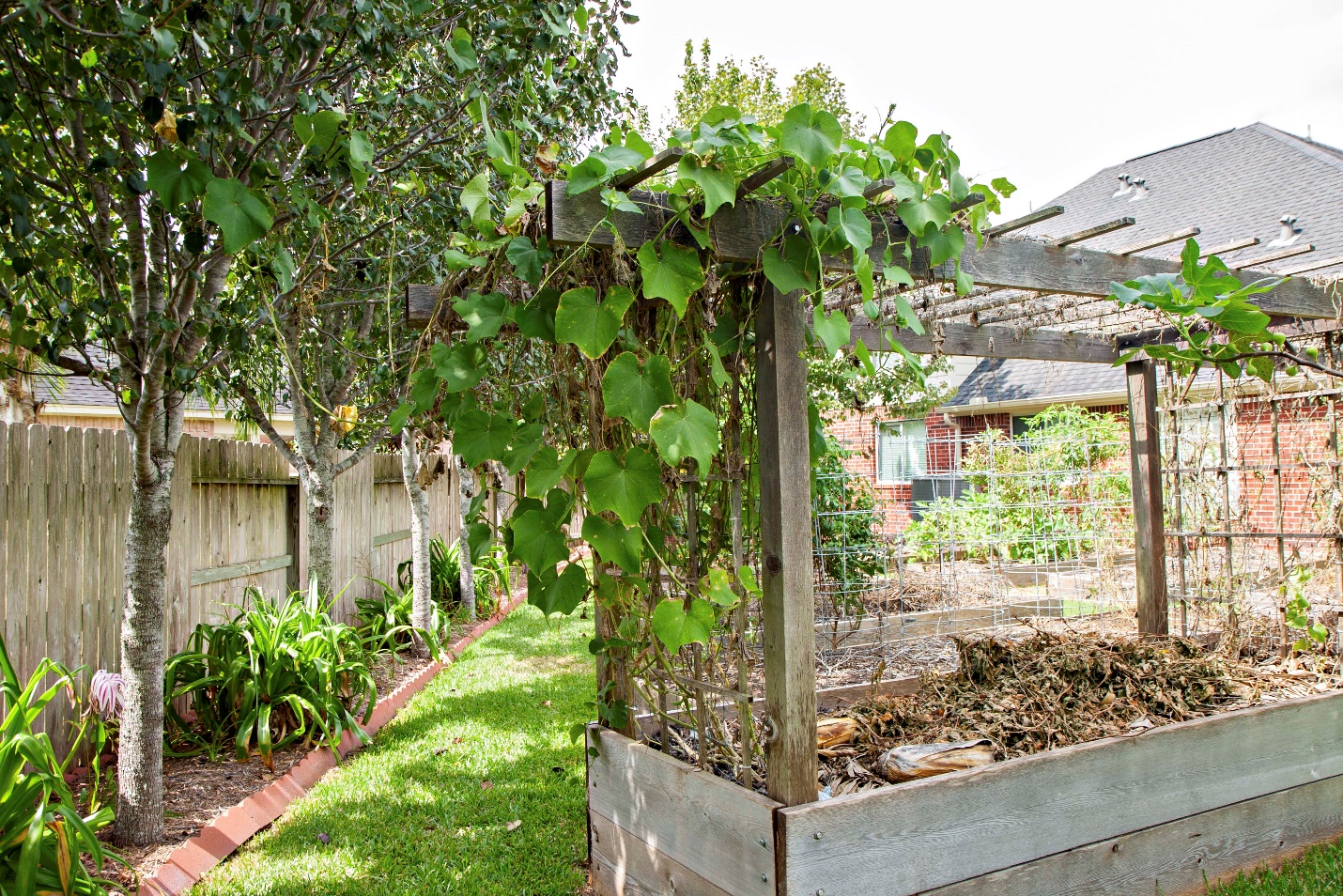
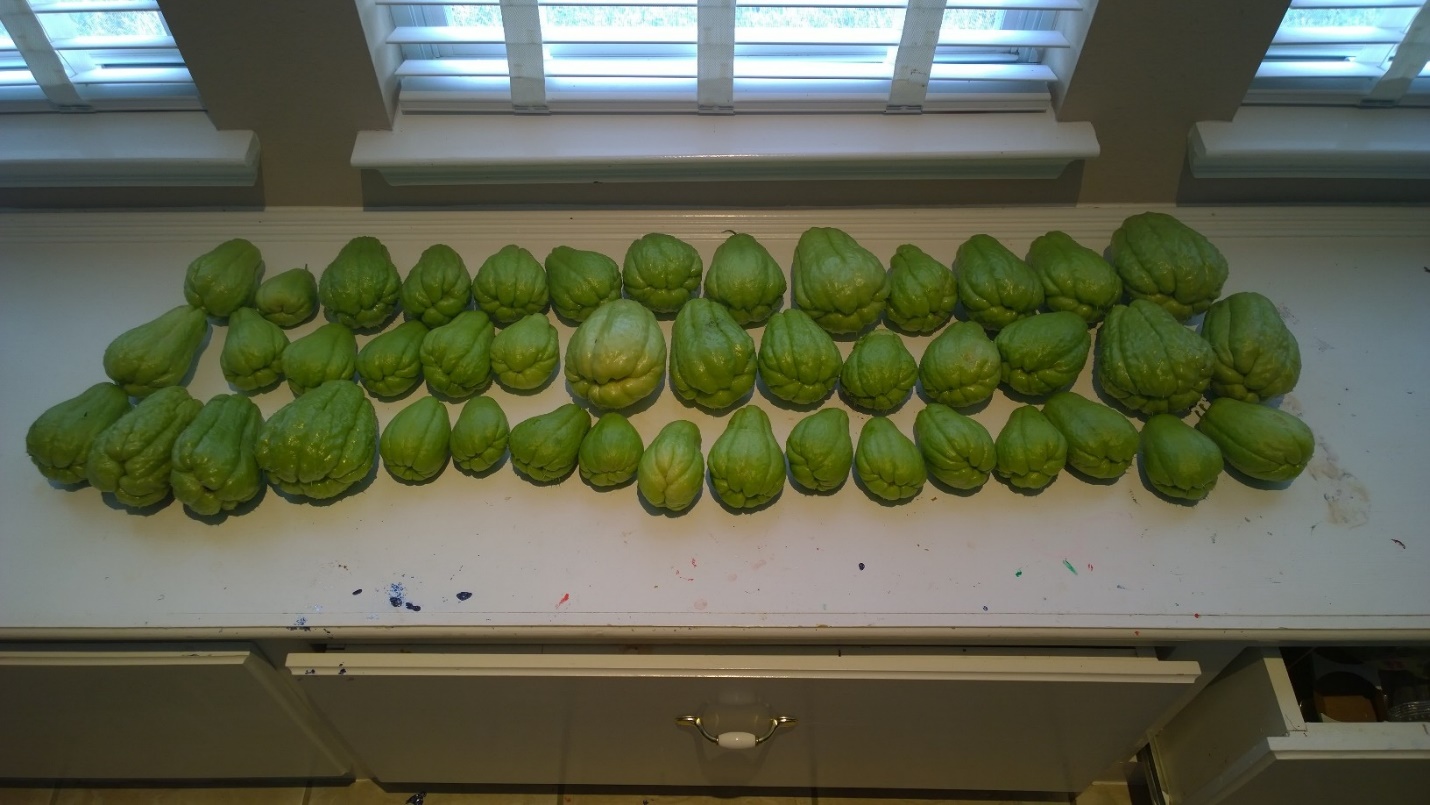
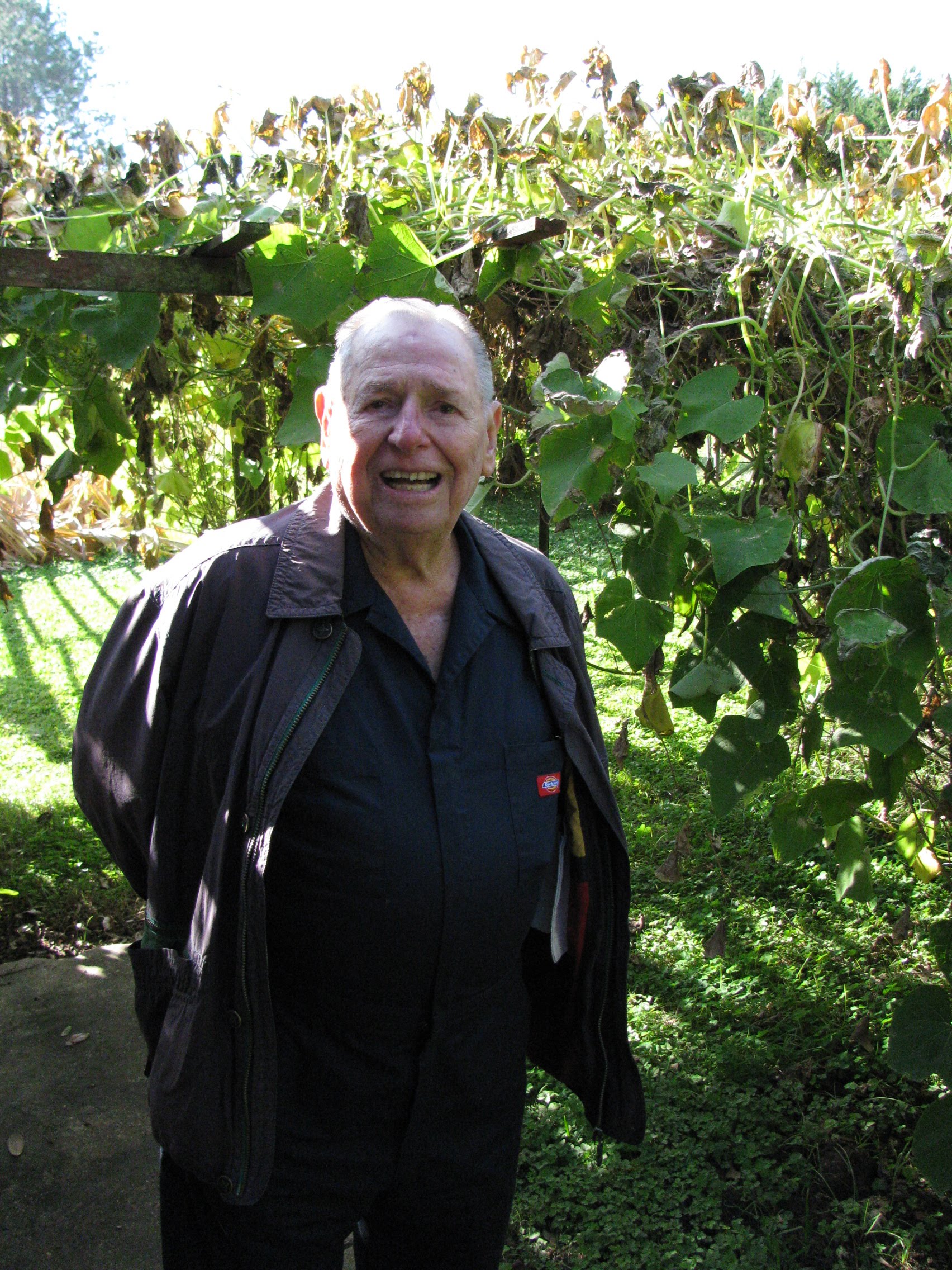

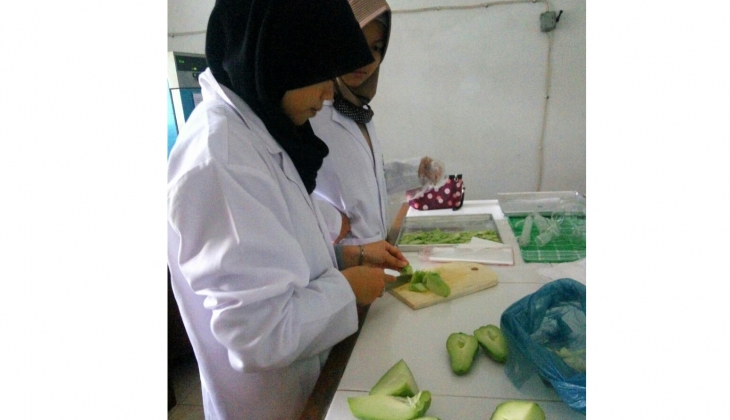
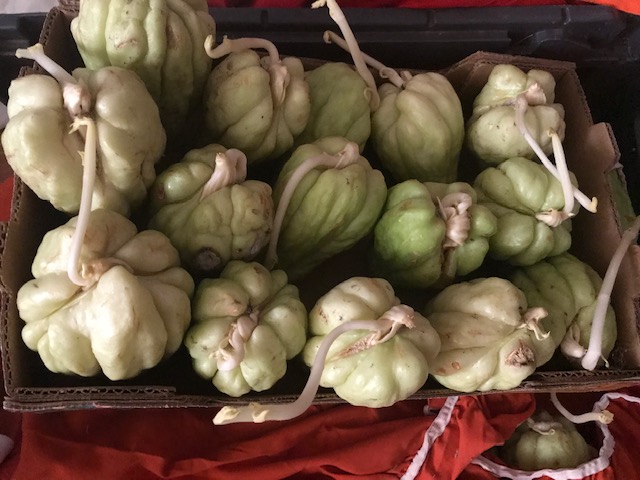
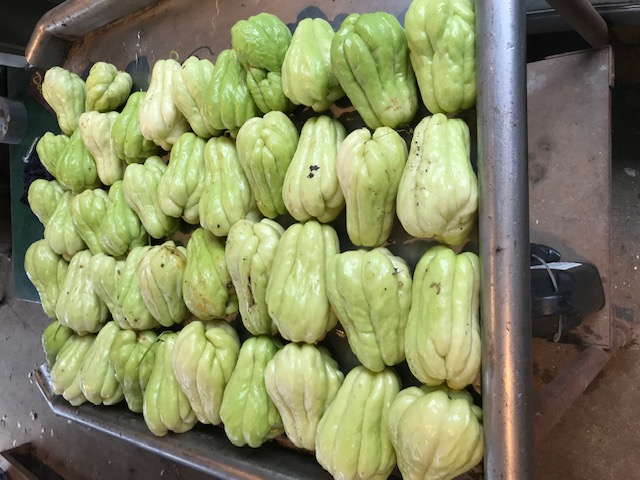
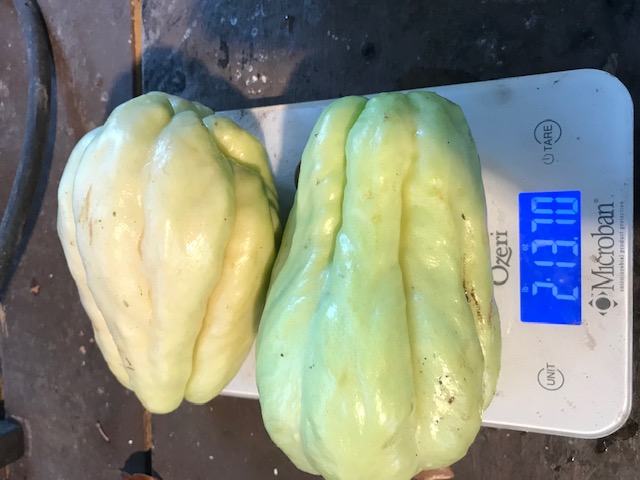
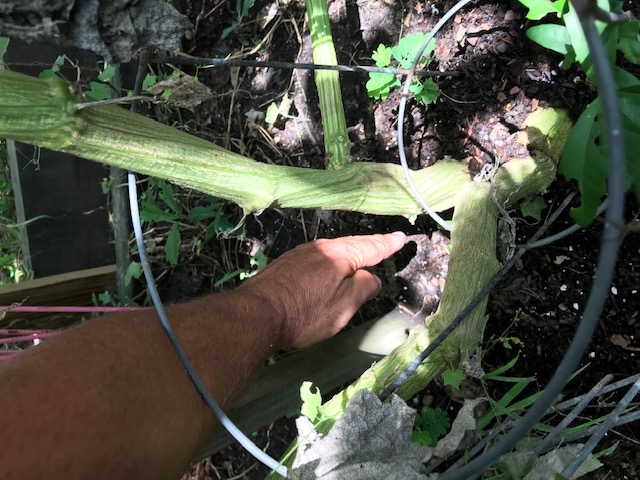
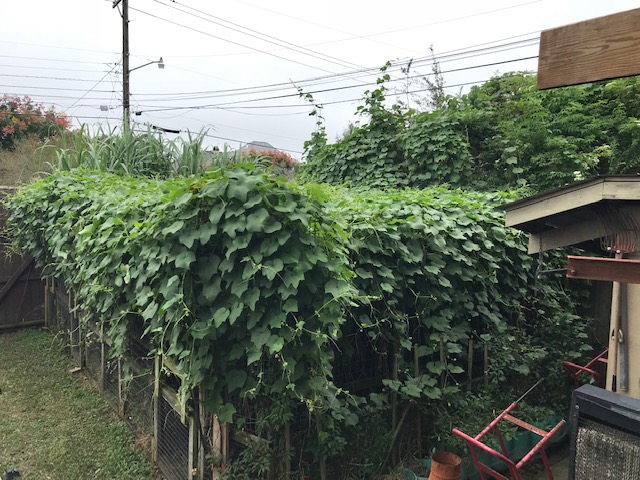
 David Hubbell with his Boudreaux-Robert heirloom mirliton variety.
David Hubbell with his Boudreaux-Robert heirloom mirliton variety.
